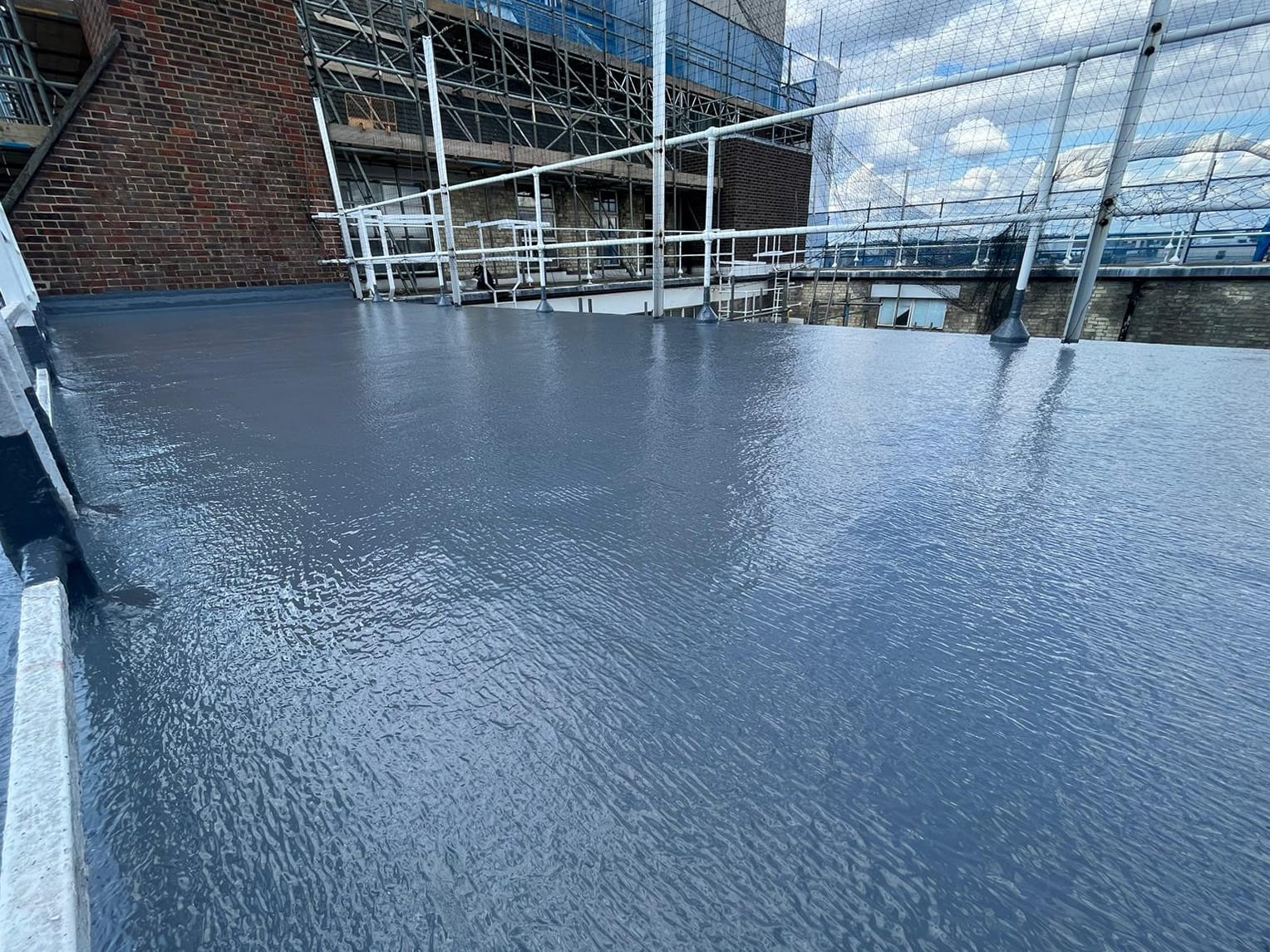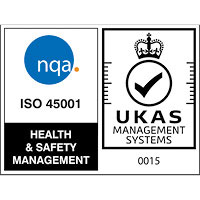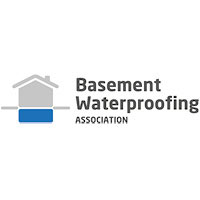Concrete Cleaning
Over the years, a number of procedures and products have been developed for cleaning stains and growths from concrete. Although these are generally successful, it can sometimes be difficult to remove stains completely. As a consequence, it is usually preferable to take precautions to avoid staining rather than rely on cleaning.
The difficulties which arise are largely due to three factors:
- 1. Concrete is porous
Both stains and cleaning solutions tend to become absorbed in the surface layers.
2. Concrete is chemically reactive
Concrete dissolves in some cleaning solutions more readily than the chemicals causing the stain.
3. Concrete surfaces are often left ‘as cast’
Any locally applied treatment may alter the texture or colour sufficiently to cause a blemish.
Growths can normally be removed relatively easily; prevention of their recurrence can be somewhat more difficult. It is advisable to determine the constituents of the concrete prior to cleaning. Aggregates can vary from hard to soft and from acid soluble to acid insoluble.
Where possible, trials should be carried out on an inconspicuous area to determine both the efficiency of the stain removal, and its effect on the appearance of the concrete. The cleaning of buildings should be carried out in accordance with BS 8221-1:2000 Code of practice for cleaning and surface repair of buildings – Part 1: Cleaning of natural stones, brick, terracotta and concrete where further guidance can also be found.
In general there are three approaches to eliminating stains from concrete surfaces:
(i) There exist techniques which remove stains without affecting the concrete. These are based on chemicals which either react with or dissolve the stain. Often the chemicals can be applied as a poultice to the surface to draw the stain out of the concrete into the poultice. These techniques, while attractive in theory, sometimes have the disadvantages of being slow and inconvenient and may not always eliminate all traces of the stain.
(ii) Where the stain has not soaked deeply into the concrete, the surface layer of concrete containing the stain can be removed to expose fresh unstained concrete. Unfortunately the degree of surface removal required may unacceptably affect the appearance of the concrete. While cosmetic treatments may go some way towards restoring the original texture and appearance, a perfect and permanent match with the original concrete is rarely achieved. Suitable techniques include acid-washing, scouring, grinding and grit-blasting.
(iii) In some instances, it is appropriate to cover stains by applying an applicable specialist coating over the whole surface. Obviously, use of a coating implies a future commitment to maintenance, and some stains may interfere with the adhesion of coatings.



















